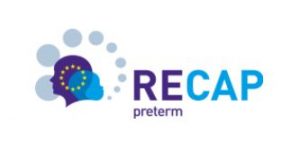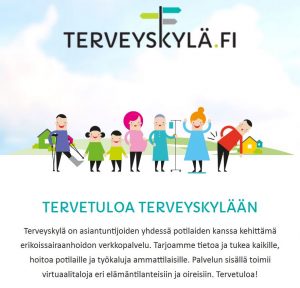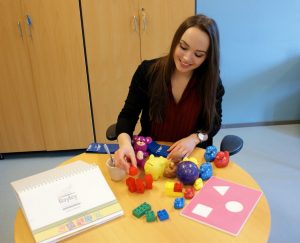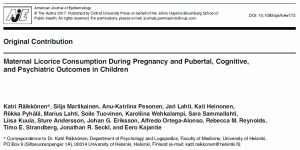One in nine children world-wide are born preterm. Approximately 1 to 2 percent are born very preterm (before 32 weeks of gestation) or with very low birth weight (less than 1500 g). The treatment of very preterm or very low birth weight infants has been one of the success stories of modern medicine: today nine in ten of these infants survive.

Improved survival does not come without a cost. Money-wise, the first year healthcare expenses are 34-fold higher than in term infants, constituting 17% of all infant healthcare costs. Health-wise, children and adults born the earliest and the smallest are also at higher risks of psychological and social problems than those born at term. They may also face higher risks of cardiovascular, lung and other physical diseases when they enter middle age. The RECAP preterm EU Horizon2020 Project aims to understand the causes of these difficulties faced by very preterm children and adults in order improve the health, development and quality of life of these individuals.

Of the 20 RECAP Preterm partners, three come from Finland. DePsy led by Academy Professor Räikkönen has long been committed to studying mental health of adults born preterm. A long-time collaborator is the Kajantie group at THL. Kajantie group is one of the leading groups in the preterm follow-up field world-wide, documented in multiple high-impact publications. Kajantie works in the RCAP project with Extensive Life Inc, a Tampere-based company focusing on mobile eHealth solutions to promote healthy lifestyle.
According to Räikkönen, “with its 9.75 million Euro budget, RECAP Preterm is a major boost for research which will allow leading groups in the preterm follow-up field to join forces and answer questions that could not be answered in any one study alone.”
“RECAP Preterm aligns with the eHealth Strategy 2020 of the Finnish Ministry of Social Affairs and Health, so we expect to that this project will have a major societal impact” says Kajantie. Kajantie adds “RECAP Preterm utilizes up-to-date eHealth developments from several perspectives. We will develop infrastructures to combine data from national healthcare registries in Nordic countries which will enable us to study millions of individuals. The mobile eHealth tools that will be utilized will be highly efficient in collecting real-time lifestyle and mood data.”
Read more on RECAP Preterm at http://recap-preterm.eu/




 /Liisa Kuula-Paavola
/Liisa Kuula-Paavola




 / Marius Lahti
/ Marius Lahti